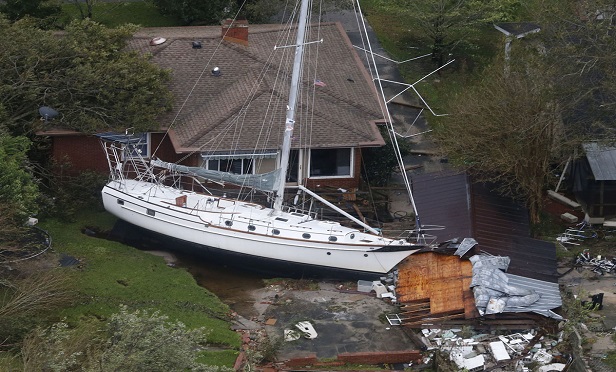 A sailboat is shoved up against a house and a collapsed garage Saturday, Sept. 15, 2018, after heavy wind and rain from Florence, now a tropical storm, blew through New Bern, N.C. (Photo: AP Photo/Steve Helber)
A sailboat is shoved up against a house and a collapsed garage Saturday, Sept. 15, 2018, after heavy wind and rain from Florence, now a tropical storm, blew through New Bern, N.C. (Photo: AP Photo/Steve Helber)
Updated: 12 p.m. ET, September 17, 2018.
Hurricane Florence made landfall on Friday, September 14 near Wrightsville Beach, North Carolina as a Category 1 hurricane. Now downgraded to a tropical storm, slow-moving Florence has brought devastating flooding to the Carolinas, particularly North Carolina, and officials say the storm won’t let up until Tuesday at the earliest.
As of Sunday night, the storm had claimed at least 11 lives, and more than 1.7 million people have been affected by evacuation orders as flash flooding continues to devastate North Carolina communities.
Related: Hurricanes & insurance in 2018
More than 550,000 customers are without power in North Carolina, and 64,000 households without power in South Carolina. The majority of the outages are reported in the coastal counties of Beaufort, Carteret, Craven, New Hanover, Pamlico, Pender, and Onslow. Officials have warned restoring electricity could take days or even weeks.
As the rain and flooding continues, so does the destruction. Click through the slideshow below for a few of the first few images of the devastation caused by Hurricane Florence.
Got photos to share? We’d like to see them. PropertyCasualty360.com readers who have images of Florence’s path can send them via e-mail to [email protected], for inclusion in our coverage.
Related: Coal ash, sewage spill over as Florence floods the Carolinas




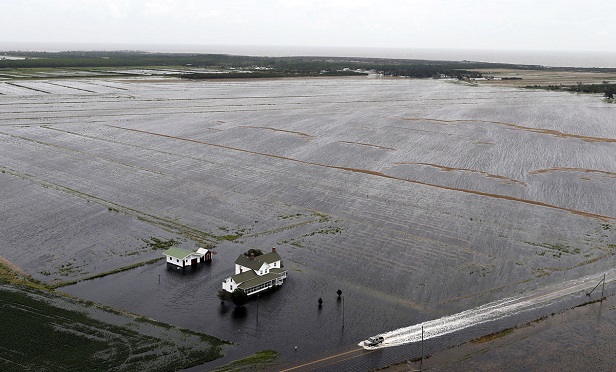
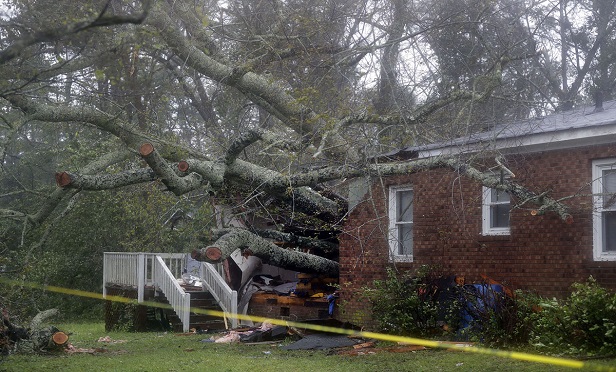
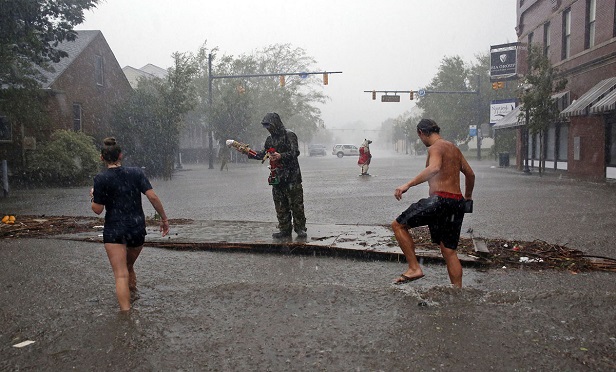
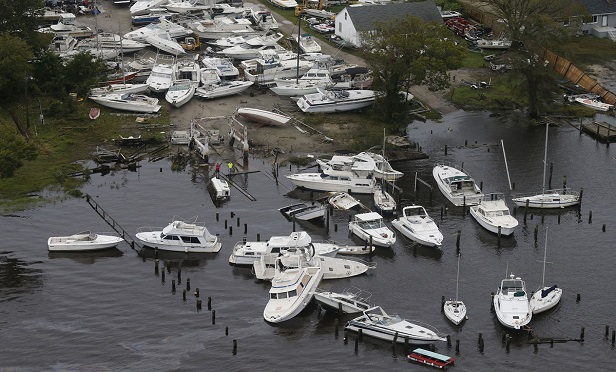

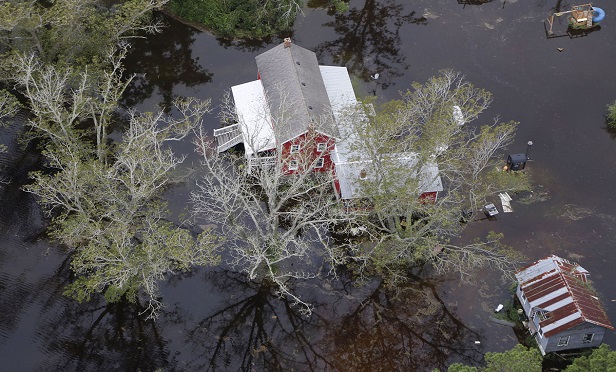






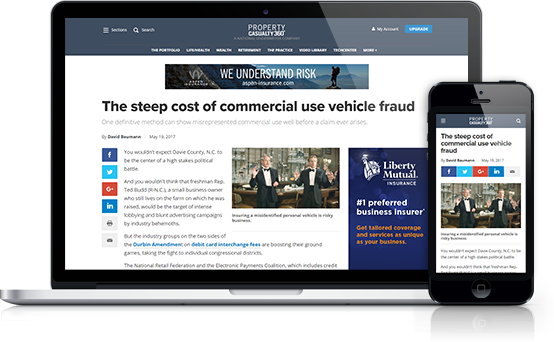




 Copyright © 2025 ALM Global, LLC. All Rights Reserved.
Copyright © 2025 ALM Global, LLC. All Rights Reserved.